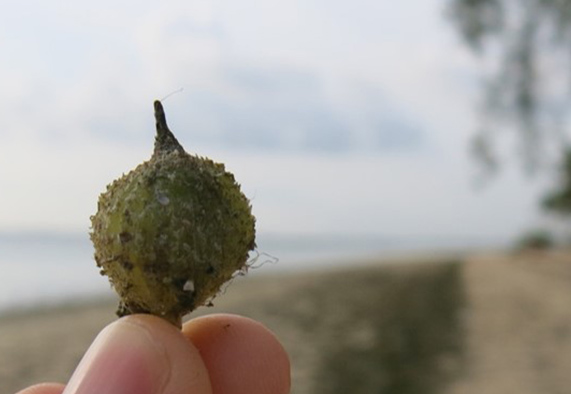The need for seagrass restoration
The value of seagrass ecosystems is estimated to be worth more than US$1.9 trillion per year, with this figure based on ecosystems that are healthy and productive. Unfortunately, seagrasses are facing tremendous anthropogenic pressures and are being lost at a rate of 7% per year. Under the current rate of conversion, 30-40% of the worldwide seagrass area will be destroyed by 2100. We must act to counterbalance this widespread and rapid destruction.
Restoration sits at the heart of our ability to responsibly manage our seagrass ecosystems to ensure we build, not degrade, this natural marine capital (the sediments, plants, animals, and water) so critical for the long-term sustainable growth and social well-being of our coastal communities.
Developing science-based restoration methods
Our goal is to develop effective seed-based restoration methods for tropical seagrass species. Seeds provide population-level resilience to future disturbance, but seedlings must survive major recruitment bottlenecks and withstand common stressors encountered at restoration sites, such as nutrient limitation, energetic hydrodynamics, and low oxygen in the sediment.
This work is focused on developing methods to amend the sediment to help seedlings overcome these stressors. Further, we are investigating how the enhancement of below-ground seagrass traits affect soil carbon sequestration, an important ecosystem service. Using a combination of laboratory experiments and a field-based restoration trial in Zanzibar, this work will provide a best practices guide for seed-based restoration for the tropical seagrasses of Tanzania.
Project Partner |
|---|
|
Rushingisha George (University of Dar es Salaam, Institute of Marine Science and Tanzania Fisheries Research Institute) John Statton (University of Western Australia) Martin Gullström and Mats Björk (Stockholm University) |





